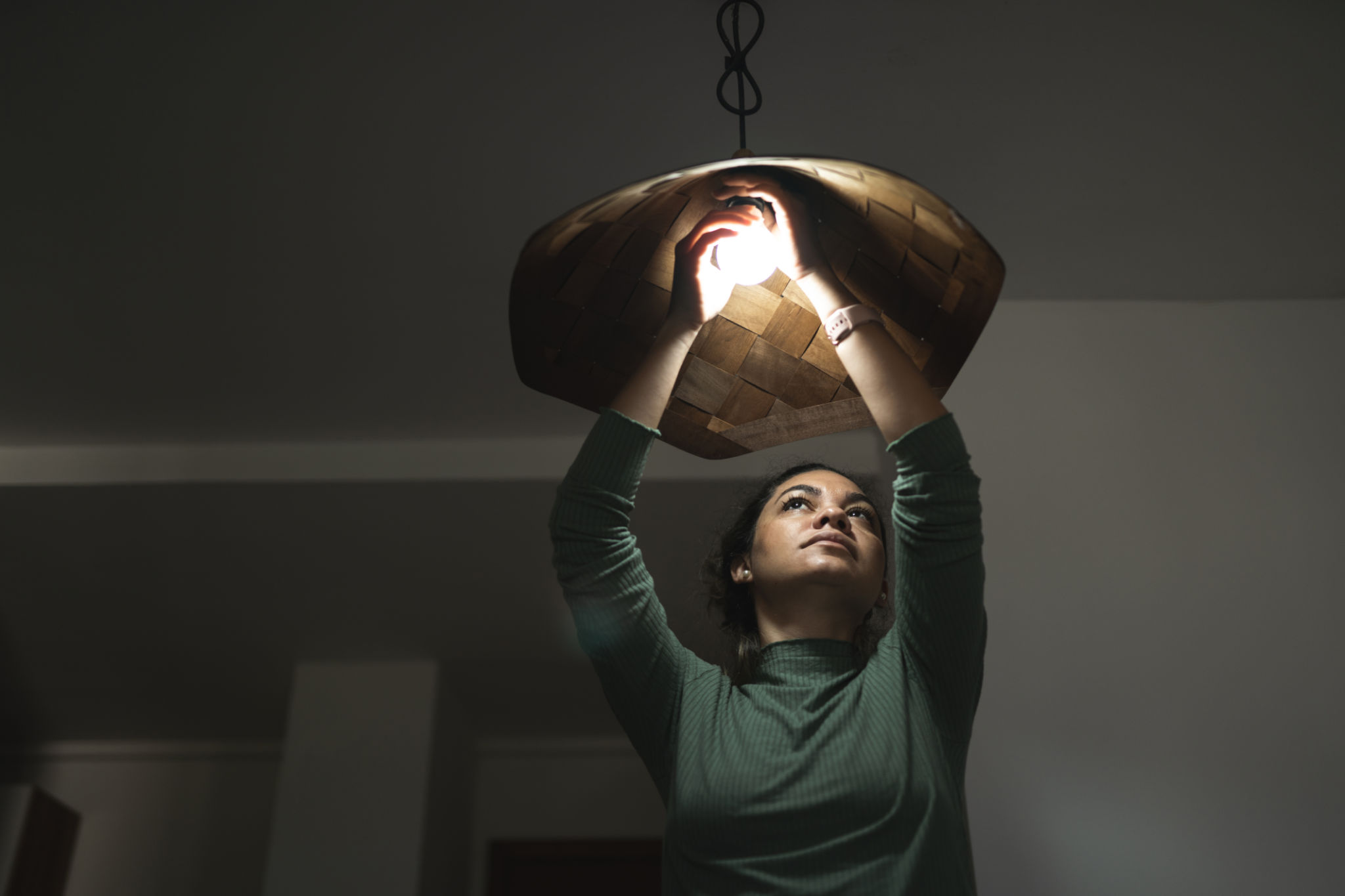Case Study: Transforming a Commercial Space with Energy-Efficient Lighting
Introduction to Energy-Efficient Lighting
In today's rapidly evolving world, businesses are increasingly seeking ways to reduce their carbon footprint while also cutting operational costs. One of the most effective solutions lies in transforming commercial spaces with energy-efficient lighting. This case study delves into the transformative journey of a business that embraced modern lighting solutions to create a more sustainable and cost-effective environment.

The Initial Challenge
The commercial space in question faced several challenges. The existing lighting system was outdated, consuming excessive energy and leading to high electricity bills. Additionally, the lighting quality was poor, affecting the ambiance and comfort of the space. These issues not only increased operational costs but also impacted employee productivity and customer satisfaction.
Recognizing the need for change, the business decided to explore energy-efficient lighting solutions. The goal was to implement a system that would not only reduce energy consumption but also enhance the overall atmosphere of the commercial space.
Assessing Lighting Needs
The first step in this transformation was a comprehensive assessment of the current lighting needs. Experts conducted a thorough analysis, taking into account factors such as the size of the space, its primary functions, and the specific lighting requirements for different areas. This assessment was crucial in designing a tailored solution that would address the unique needs of the business.

Implementing Energy-Efficient Solutions
Armed with insights from the assessment, the business opted for LED lighting solutions. LEDs are renowned for their energy efficiency, longevity, and superior light quality. The implementation process involved replacing old fixtures with modern LED alternatives, ensuring minimal disruption to daily operations.
The installation was carried out in phases to allow for seamless integration. Each phase was meticulously planned to ensure that all areas received adequate lighting without compromising on aesthetics or functionality.
Benefits Realized
The transformation brought about several notable benefits:
- Energy Savings: The switch to LED lighting resulted in a significant reduction in energy consumption, leading to lower electricity bills.
- Improved Lighting Quality: The new lighting system provided better illumination, creating a more inviting and comfortable environment.
- Enhanced Sustainability: By reducing energy usage, the business contributed to environmental conservation efforts, aligning with global sustainability goals.

Conclusion
The case study highlights the transformative power of energy-efficient lighting in commercial spaces. By investing in modern lighting solutions, businesses can achieve substantial cost savings while simultaneously improving the quality of their environment. This not only enhances operational efficiency but also supports broader sustainability initiatives.
For businesses contemplating a similar transformation, this case study underscores the importance of conducting a thorough assessment and choosing solutions tailored to specific needs. With the right approach, any commercial space can be transformed into an energy-efficient haven that benefits both the business and the planet.
